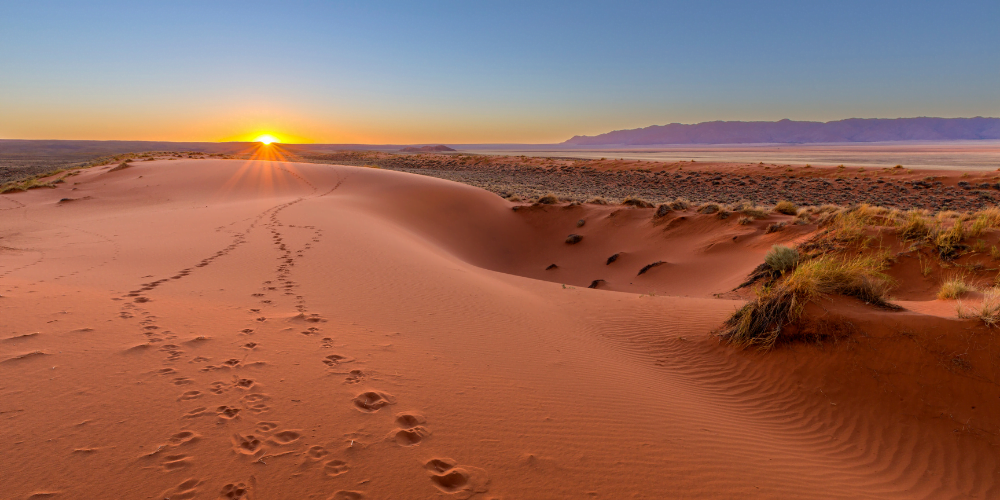John Lockley
John Lockley is a traditionally trained Xhosa sangoma and travels the world teaching indigenous medicine and running 'Ubuntu' (humanity) retreats. John's website, Website
John's book 'Leopard Warrior'
and audio teaching course 'Way of the Leopard'
are both produced by Sounds True and available in leading bookstores, amazon and kindle.
John Lockley Books
